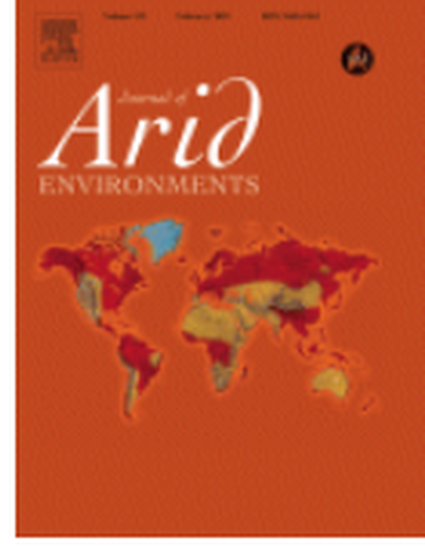
Article
Naturalization of almond trees (Prunus dulcis) in semi-arid regions of the Western Mediterranean
Journal of Arid Environments
(2015)
Abstract
Agricultural land abandonment is rampant in present day Europe. A major consequence of this phenomenon is the re-colonization of these areas by the original vegetation. However, some agricultural, exotic species are able to naturalize and colonize these abandoned lands. In this study we explore the ability of almonds (Prunus dulcis D.A. Webb.) to establish in abandoned croplands in semi-arid areas of SE Iberian Peninsula. Domesticated during the early Holocene in SW Asia and the Eastern Mediterranean, the almond has spread as a crop all over the world. We established three plots adjacent to almond orchards on land that was abandoned and reforested with Aleppo pine (Pinus halepensis Mill.) and Holm oak (Quercus ilex L.) about 20 years ago. We recorded the abundance of almond seeds, seedlings, juveniles, pre-reproductives and adults in these plots, and determined their recruitment microhabitat. We found natural regeneration in all three plots, with almond density higher than 150 individuals/ha in each plot. About half of the almonds in the plots were juveniles, although 7% were one-year seedlings and 3% were adult trees.
Disciplines
Publication Date
2015
DOI
https://doi.org/10.1016/j.jaridenv.2014.10.005
Citation Information
Eugene W. Schupp. "Naturalization of almond trees (Prunus dulcis) in semi-arid regions of the Western Mediterranean" Journal of Arid Environments Vol. 113 (2015) p. 108 - 113 Available at: http://works.bepress.com/eugene_schupp/151/
